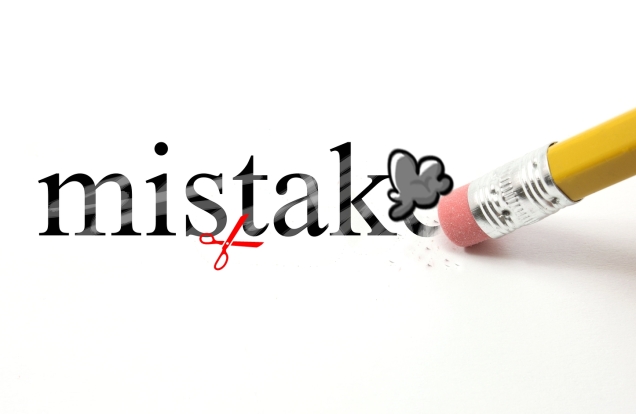One of the most difficult aspects of list cleansing isn’t always the drop in numbers — it’s convincing senior leadership why it’s necessary. During MarketingSherpa Email Summit 2015, Courtney Eckerle, Manager of Editorial Content, MarketingSherpa, sat down in the Media Center with Jeffrey Anderson, Digital Marketing Manager, A Place For Mom. The company is a for-profit senior care referral service.

Anderson explained why it’s important to cleanse your list of inactive users and how you can convince the senior leadership of your organization that list cleansing is imperative to staying relevant in today’s ecommerce marketplace.
How does a marketer know when it’s time to start cleansing their lists?
I would think that anyone with a list that’s significantly old should look at removing subscribers that are inactive and not engaged. Definite indicators include really low open rates. If your open rate is just below benchmark despite having consistently good content, there’s probably some dead weight.
Get Free Email Append Test from AverickMedia
Jeffrey provided four simple steps that you can use to clean up your list even on limited email service providers:
Step 1: Generate a report that counts the opens and clicks for all of your email sends for a set period of time, usually for a few weeks or a couple of months.
Step 2: Compare that report and the email addresses in it against your email master list. You can determine who is actively engaging in your emails based on open rates. If email addresses haven’t opened your emails during the send period of the first report, they are inactive. Separate your master list into active subscribers and inactive subscribers.
Step 3: Email all the inactive subscribers on your list a re-engagement email. Special promotions with reasons why customers should stay engaged is a great element to add to your re-engagement emails. Remember, before you purge, try to save as many as you can.
Step 4: Remove the email addresses that remain inactive after the re-engagement email.
It can be hard explaining to your senior leadership that a smaller list is a better list. Remind them that inactive subscribers are a liability that have a negative value and impact your deliverability. You can have a large email list but if it’s not generating more engagement than a list a tenth its size, then your list is an illusion. One fluffed up by empty numbers.
If you discover that the reason your engagement has been going down is because of your content, be patient and perform test and surveys to see what your list wants to hear from you.
Article From: sherpablog.marketingsherpa.com